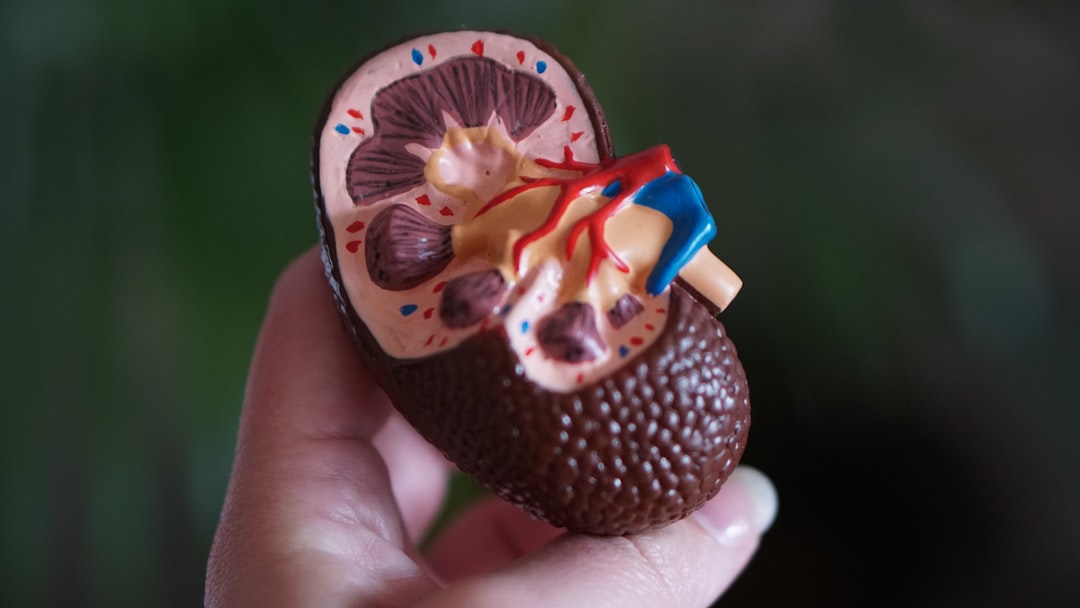What is it about?
Moderate to deep sedation is generally used for endoscopic retrograde cholangiopancreatography (ERCP). The depth of sedation is usually judged by clinical assessment and EEG-guided monitoring. The aim of this study was to compare the clinical efficacy of clinical assessment and Narcotrend™ monitoring during sedated ERCP.
Featured Image
Why is it important?
All endoscopies were completed successfully. Mean total dose of propofol in group C was significantly lower than in group N. However, the mean dose of propofol, expressed as dose/kg or dose/kg/hr in both groups, was not significantly different (p=0.400, 0.227). Recovery time, patient tolerance and satisfaction, and endoscopist satisfaction was comparable among the two groups. Sedation- related adverse events during and immediately after the procedure, such as hypotension, hypertension, tachycardia, bradycardia, transient hypoxia, or upper airway obstruction in group C (62.2%), were significantly higher than in group N (37.5%) (p=0.006).
Perspectives
Clinical assessment and Narcotrend-guided sedation using propofol for deep sedation demonstrated comparable propofol dose and recovery time. Both monitorings were equally safe and effective. However, the Narcotrend-guided sedation showed lower hemodynamic changes and complications as compare to the clinical assessment-guided sedation.
Professor Somchai Amornyotin
Department of Anesthesiology, Faculty of Medicine Siriraj Hospital, Mahidol University
Read the Original
This page is a summary of: Clinical efficacy of deep sedation for endoscopic retrograde cholangiopancreatography: A comparison between clinical assessment and NarcotrendTM monitoring, European Journal of Anaesthesiology, June 2011, Wolters Kluwer Health,
DOI: 10.1097/00003643-201106001-00093.
You can read the full text:
Contributors
The following have contributed to this page










